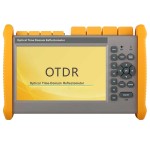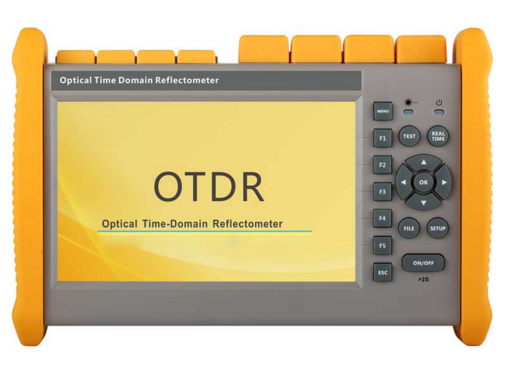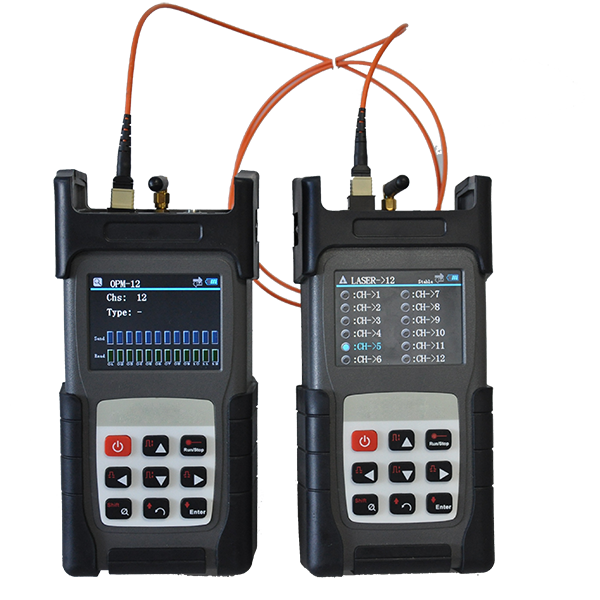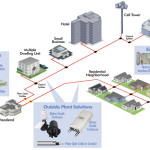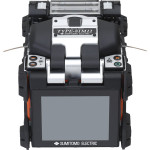An optical time-domain reflectometer (OTDR) is an optoelectronic instrument used to characterize an optical fiber. An OTDR is the optical equivalent of an electronic time domain reflectometer. It injects a series of optical pulses into the fiber under test and extracts, from the same end of the fiber, light that is scattered (Rayleigh backscatter) or reflected back from points along the fiber. The scattered or reflected light that is gathered back is used to characterize the optical fiber. This is equivalent to the way that an electronic time-domain meter measures reflections caused by changes in the impedance of the cable under test. The strength of the return pulses is measured and integrated as a function of time, and plotted as a function of fiber length.
Fiber testing is essential to provide confidence that the network is optimized to deliver reliable and robust services without fault.
Outside Plants
Telecom, video, and data wireless service providers and network operators want to insure that their investments into fiber networks are protected. In outside fiber optic plant, every cable will be tested for end-to-end loss and with an OTDR to ensure the installation was properly made. Installers will be asked to use loss test sets (source and power meters) as well as OTDRs, performing bi-directional tests and providing accurate cable documentation to certify their work. Later, OTDRs can be used for troubleshooting problems such as break locations due to dig-ups.
Premises, LAN/WAN, Data Centers, Enterprise
Many contractors and network owners question whether they should perform OTDR testing for premises cabling. They also want to know if OTDR testing could replace the traditional loss testing with a power meter and a light source. Premises fiber networks have tight loss budgets and less room for error. Installers should test the overall loss budget with a light source and power meter (Tier 1 certification required by TIA-568C standards). OTDR testing (Tier 2 certification) is a best practice that can pinpoint the causes for excess loss and verify that splices and connections are within appropriate tolerances. It is also the only way to know the exact location of a fault or a break. Testing a fiber link with an OTDR also helps document the system for future verification.
